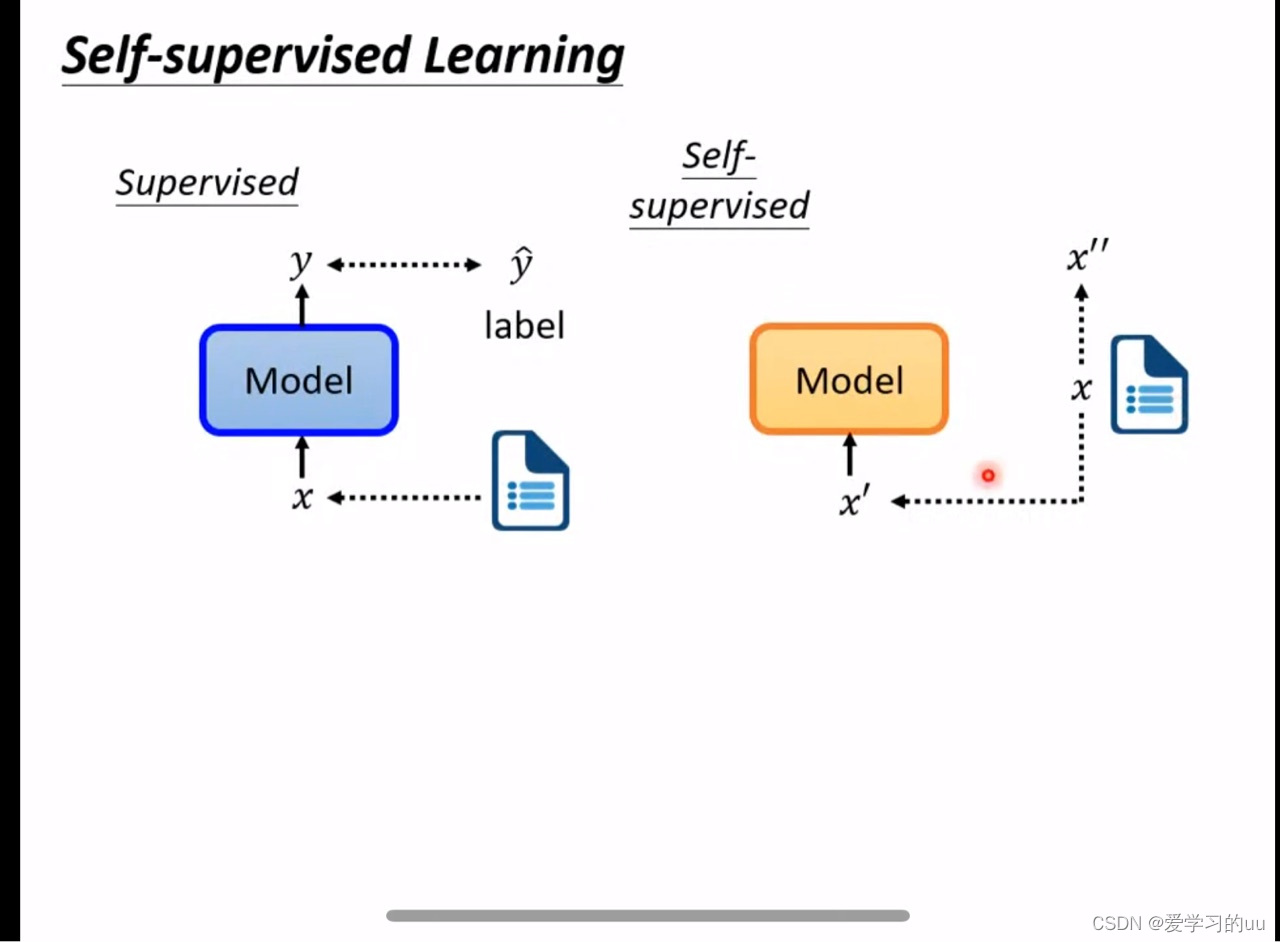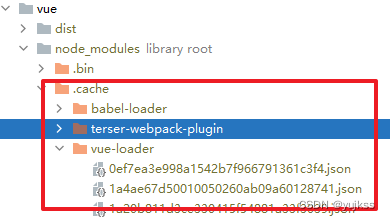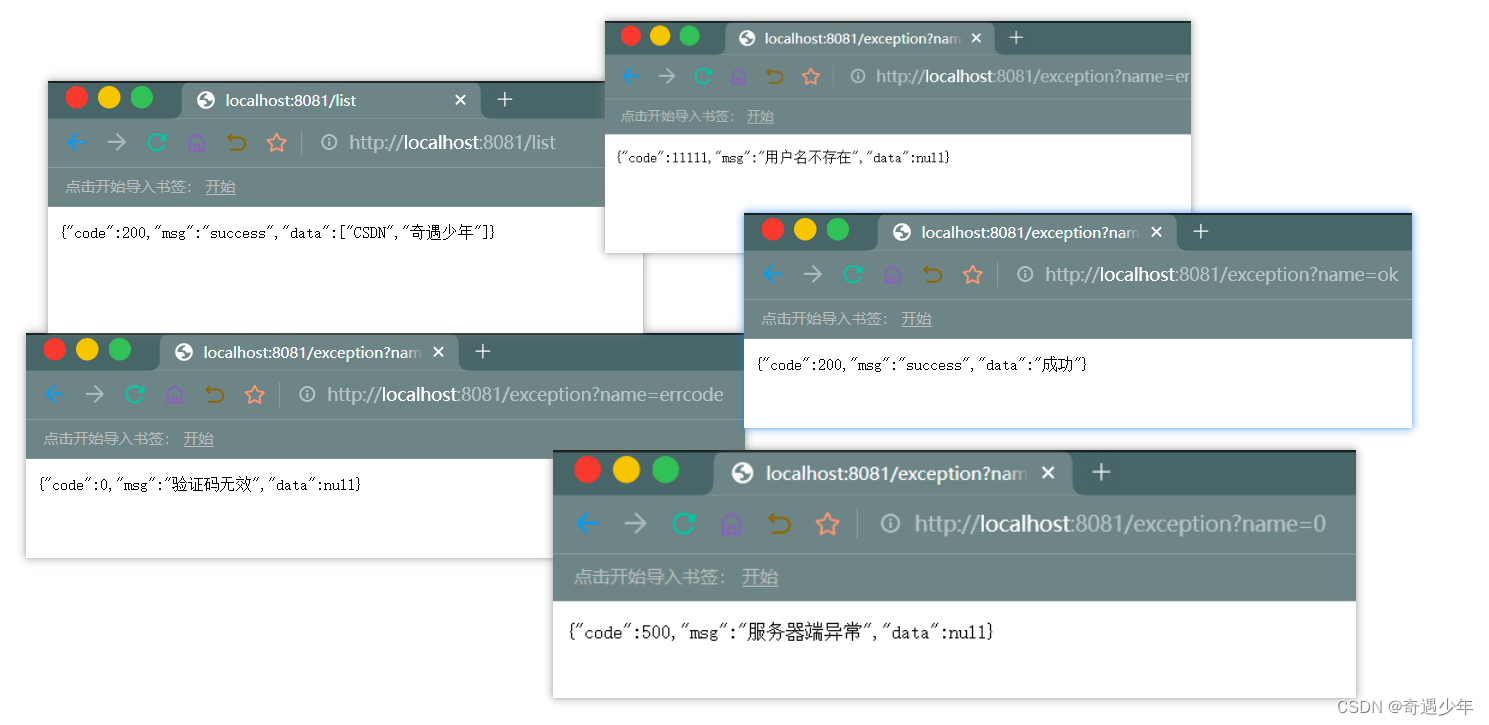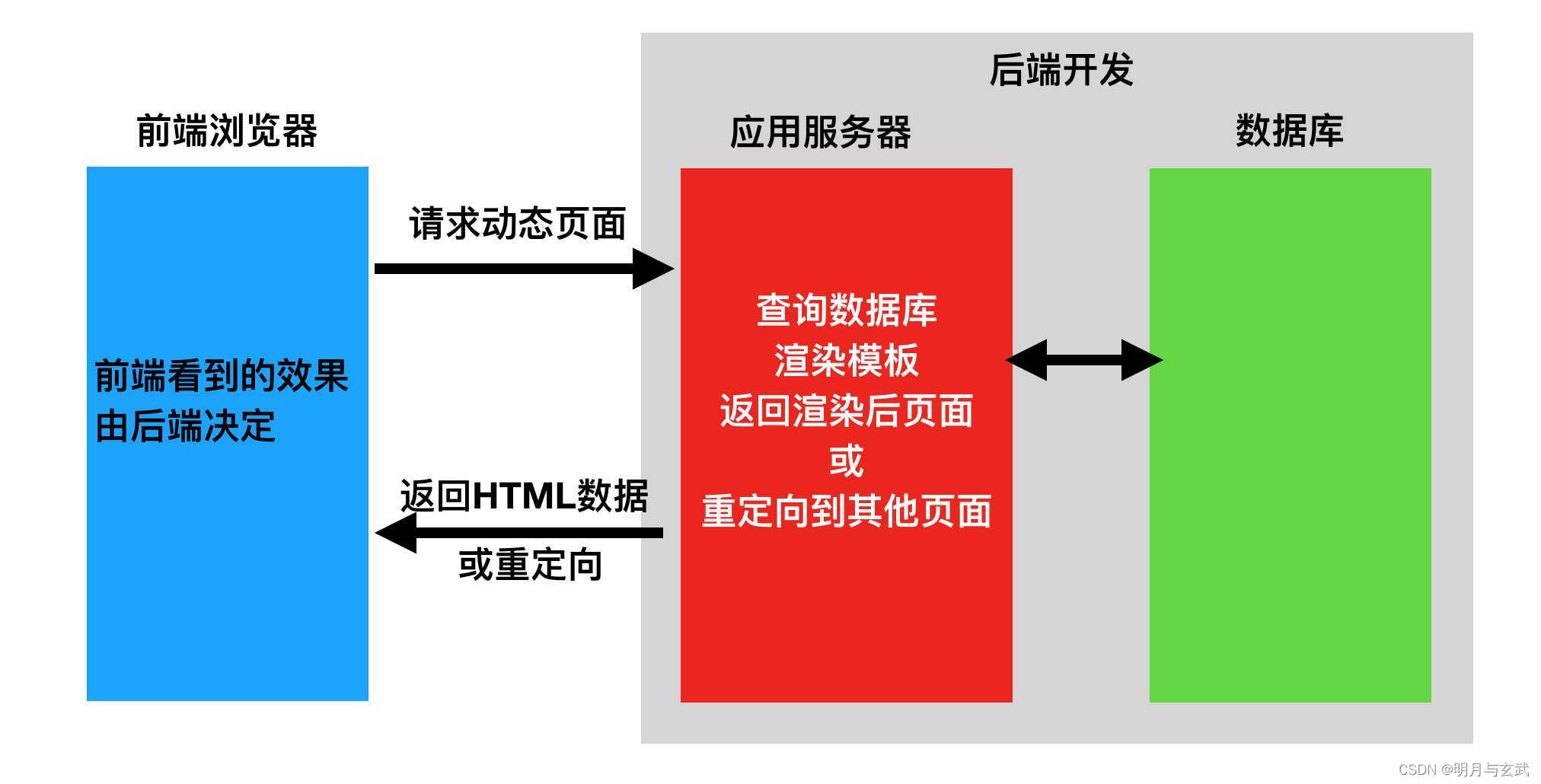个人主页:Lei宝啊
愿所有美好如期而遇
首先,list底层是一个带头双向循环链表,再一个,我们还要解决一个问题,list的迭代器,vector和string的迭代器可以直接++,是因为他们的地址空间是连续的,而链表不是,所以链表的迭代器封装的不是原生指针,我们需要想办法解决这个问题。
我们要解决list<T>::iterator可以++,既然我们不能封装原生指针,那么我们就对他进行运算符重载,但是在我们模拟的list类里,是不应该有这样的用法:list<int> lt, lt.operater++(),我们想要的是迭代器的运算符重载,即: list<int>::iterator it = lt.begin(); it++ 这样的用法,那么我们就写一个迭代器的类,在这个类里重载++运算符。
首先是链表,我们先写出带头双向循环链表的结构,以及他的构造函数,至于为什么不用class类,是因为这样做后续可直接使用他的成员变量,如果写成类,还需要get set函数,比较麻烦,我们模拟实现理解原理即可,所以为了省事,不使用class。
template<class T>
struct ListNode
{
ListNode<T>* next;
ListNode<T>* prev;
T data;
ListNode(const T& x = T())
:next(nullptr)
,prev(nullptr)
,data(x)
{}
};接下来是list类的实现,第一个typedef是将链表的类型重命名,第二个typedef是将迭代器类进行重命名,第三个typedef也是将迭代器类进行重命名,并且这两个迭代器是为了区分const和非const,模版参数我们也可以看得出来。
template<class T>
class list
{
typedef ListNode<T> Node;
public:
typedef __list_iterator<T, T&, T*> iterator;
typedef __list_iterator<T, const T&, const T*> const_iterator;
//empty_init方法是初始化一个哨兵位, 接着就是构造函数,也就是初始化一个哨兵位;
void empty_init()
{
_head = new Node();
_head->prev = _head;
_head->next = _head;
}
//构造函数
//list<int> lt(); < this
list<T>()
{
empty_init();
}
void swap(list<T>& x)
{
std::swap(_head, x._head);
}
//拷贝构造
//对于拷贝构造,我们需要进行深拷贝,先初始化一个哨兵位,然后遍历被拷贝的链表,
//用push_back方 法不断尾插节点,完成深拷贝;
list(list<T>& copy)
{
empty_init();
iterator it = copy.begin();
while (it != copy.end())
{
push_back(it._node->data);
it++;
}
}
//最后就是赋值运算符重载,我们传参不传引用,就是为了在传参时拷贝构造出一个链表,
//然后我们只需要交换_head,就可以完成赋值,这里我们写一个swap方法。
list<T>& operator=(list<T> tmp)
{
swap(tmp);
return *this;
}
//push_back方法,只需要理清楚插入节点newnode和_head的关系就好;
void push_back(const T& x = T())
{
//_head->prev newnode _head
//Node* newnode = new Node(x);
//Node* tail = _head->prev;
//
//tail->next = newnode;
//newnode->prev = tail;
//_head->prev = newnode;
//newnode->next = _head;
insert(end(), x);
}
//insert方法也是类似于push_back方法,我们写出insert方法后,
//push_back完全可以复用insert方法,链表的insert没有迭代器失效问题;
iterator insert(iterator pos, const T& x = T())
{
//pos->prev newnode pos
Node* cur = pos._node;
Node* prev = cur->prev;
//prev newnode cur
Node* newnode = new Node(x);
newnode->next = cur;
cur->prev = newnode;
prev->next = newnode;
newnode->prev = prev;
return newnode;
}
//begin和end方法,也就是返回链表的开始位置和尾部位置,注意,
//开始位置是_head->next,尾部位置是_head->prev;
iterator begin()
{
return iterator(_head->next);
}
const_iterator begin() const
{
return _head->next;
}
iterator end()
{
return iterator(_head);
}
const_iterator end() const
{
return _head;
}
//erase方法我们使用时还是要注意迭代器失效问题,删除一个节点后,
//迭代器就是一个野指针,也就失效了;
iterator erase(iterator pos)
{
Node* cur = pos._node;
Node* prev = cur->prev;
Node* next = cur->next;
prev->next = next;
next->prev = prev;
return iterator(next);
}
//clear方法,我们需要遍历链表释放所有节点,我们这里可以复用erase方法;
void clear()
{
iterator it= begin();
while (it != end())
{
erase(it++);
}
}
//析构函数,我们调用clear释放掉其他节点后,我们再单独释放掉哨兵位;
~list()
{
clear();
delete _head;
_head = nullptr;
}
private:
Node* _head;
};__list_iterator类的实现
模版参数有三个,因为我们要明白,iterator是有解引用操作的,非const对象可以对值修改,但是const对象不可以,当然,我们可以写他的重载,但是有了这样一个模板参数,只需要修改返回值即可,并且我们重载了->运算符,这个返回值时一个指针,我们仍然需要区分是否是const对象。
template<class T, class ref, class ptr>
struct __list_iterator
{
typedef ListNode<T> Node;
public:
//构造函数
__list_iterator(Node* node)
:_node(node)
{}
//前置++
__list_iterator& operator++()
{
_node = _node->next;
return *this;
}
//后置++
__list_iterator& operator++(int)
{
//auto tmp = __list_iterator(this->_node);
auto tmp = __list_iterator(*this);
_node = _node->next;
return tmp;
}
//前置--
__list_iterator& operator--()
{
_node = _node->prev;
return *this;
}
//后置--
__list_iterator& operator--(int)
{
//auto tmp = __list_iterator(this->_node);
auto tmp = __list_iterator(*this);
_node = _node->prev;
return tmp;
}
ref operator*()
{
return _node->data;
}
ptr operator->()
{
return &_node->data;
}
bool operator!=(const __list_iterator& x)
{
return _node != x._node;
}
Node* _node;
};那么我们是如何使用的呢?
list<int>::iterator it = lt.begin(),lt是list<int>类型,非const,则调用非const begin方法,但是我们的begin返回值是_head->next,是个Node*类型的指针,我们返回值类型可是iterator,封装的是__list_iterator类,但是这个类的构造函数所传的参数是单参数,而且也是Node*,也就是说,会进行隐式类型转换,_head->next会构造出一个__list_iterator临时对象,然后进行返回,然后这个临时对象再拷贝构造it,如果编译器进行优化,也就变成了直接进行拷贝构造。
我们的主要问题,对++运算符的重载也就不是问题了,唯一需要注意的是前置和后置++,区分它们只能是通过参数了,我们一般是给后置++的参数加上int。
最后一个问题就是->的重载,如果我们使用是不是这样使用:
假设我们有一个结构体,AA{int a; int b},list<AA> lt; 我们要通过iterator访问他的成员变量,list<AA>::iterator it = lt.begin(),返回值就是AA的地址,那么我们如何访问他的成员变量呢?
it.operator->()->a,或者是it->->a?
编译器省略了一个->,所以我们使用时直接it->a即可















































